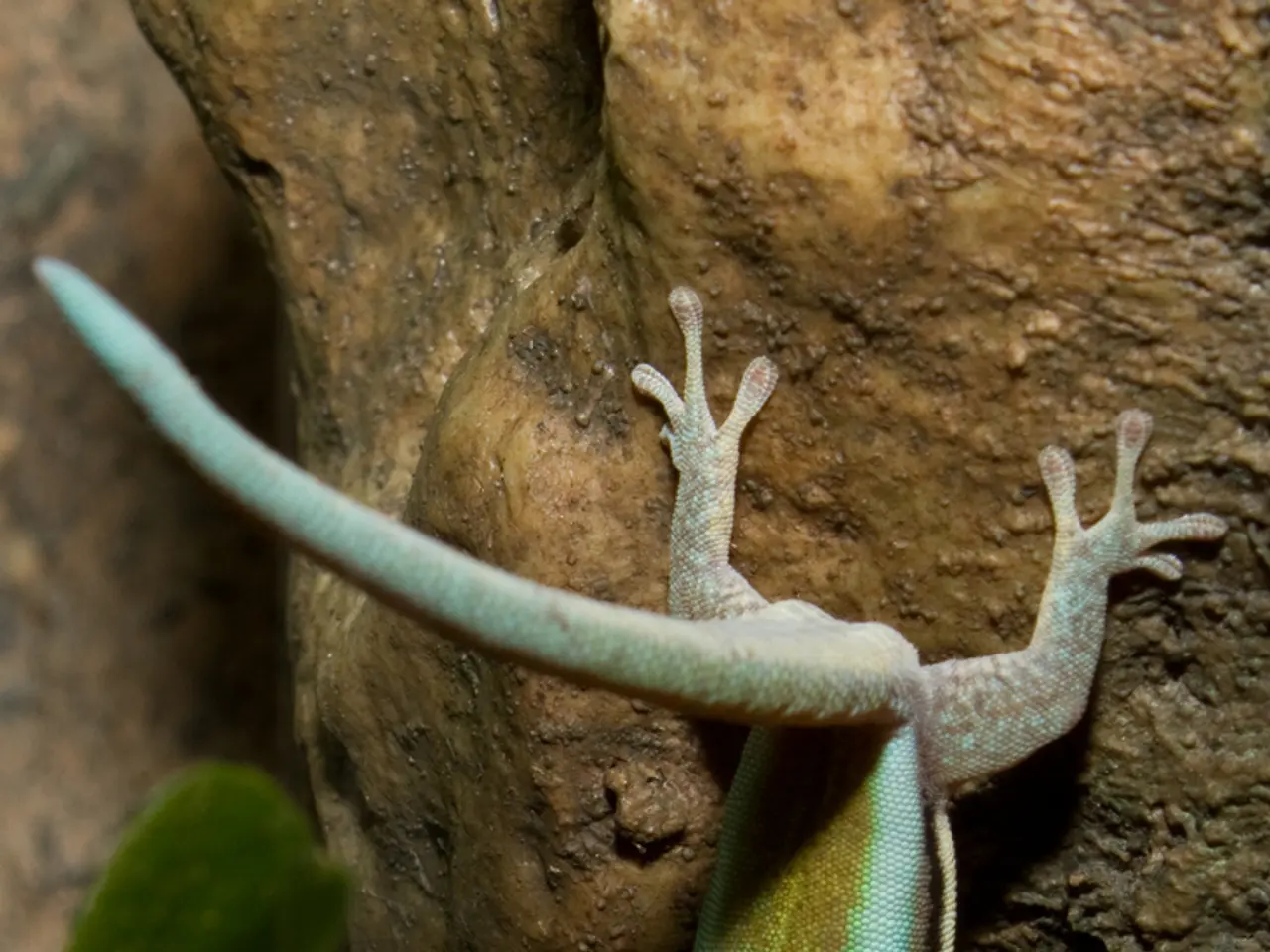Discovered Dinosaur Specimen on Isle of Wight Unveiled as a Prehistoric Creature Boasting a Large Spine-Like Structure on its Back
The Isle of Wight, England, has recently made headlines in the world of paleontology with the discovery of a new dinosaur species named Istiorachis macarthurae. This remarkable find marks the first new dinosaur species discovered on the Isle of Wight in over 100 years.
The name Istiorachis macarthurae was inspired by Dame Ellen MacArthur, a renowned sailor who holds the record for the fastest solo circumnavigation of the world without stopping. Dame Ellen resides on the Isle of Wight, making the connection between the dinosaur and her achievements particularly fitting.
Istiorachis macarthurae lived approximately 125 million years ago, during the Early Cretaceous period. The fossils of this previously unknown dinosaur species were initially discovered on the Isle of Wight in the 1970s, but it was not until recently that the differences in its unique spine were noticed, leading to the realization that it was a different species.
One of the most intriguing aspects of Istiorachis macarthurae is its massive sail down its spine. This sail may have served for muscle attachment, similar to how it functions in some modern animals, or it may have been used for sexual signaling, much like the peacock's tail.
The discovery of Istiorachis macarthurae suggests the Isle of Wight was a diverse area in the Early Cretaceous, with a variety of dinosaur species roaming its lands. This finding may lead to more discoveries about the dinosaurs that once inhabited the island hundreds of millions of years ago.
However, there is still much that scientists do not know about Istiorachis macarthurae. Iguanodontians, the group to which Istiorachis macarthurae belongs, were evolving from small bipedal dinosaurs into larger quadrupedal ones, requiring stronger muscular support for their backbones. The sail on Istiorachis macarthurae may provide valuable insights into this evolutionary process.
The remains of Istiorachis macarthurae were initially misidentified as one of the two known species of Iguanodon that lived on the Isle of Wight. This underscores the importance of careful examination and the continued study of fossil finds to ensure accurate classification and understanding of these ancient creatures.
In naming the dinosaur Istiorachis macarthurae, scientists paid tribute to Dame Ellen MacArthur's achievements, both on and off the water. As the first new species of dinosaur discovered on the Isle of Wight in over a century, Istiorachis macarthurae promises to provide fascinating insights into the dinosaurs that once roamed the island and the evolution of the dinosaur family tree.








